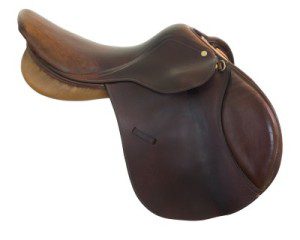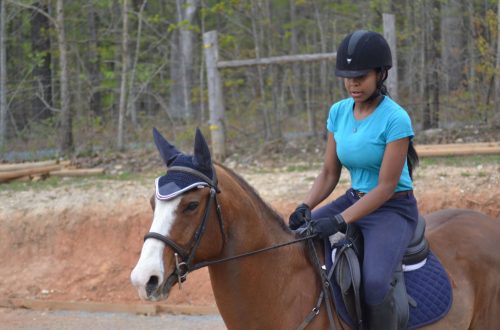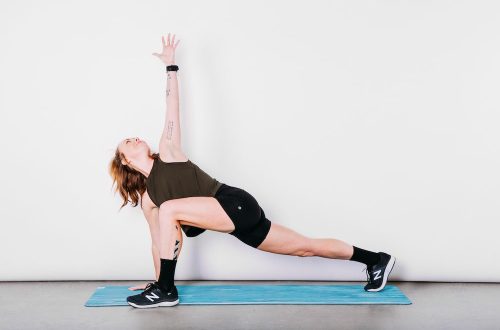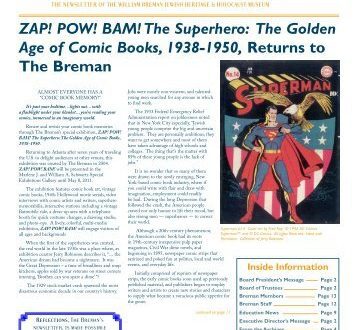
We select a saddle: what to look for when trying on?
We select a saddle: what to look for when trying on?
The main task of the saddle is to ensure good physical contact between a person and a horse, to connect two organisms that are completely different in anatomy into a single living mechanism.
Quite often the rider realizes that the saddle doesn’t fit, but can’t explain what exactly is wrong.
In this situation, it is important to know saddle fitting rules.
How to spend it?
The horse must stand on a flat, level surface.
It is best to use either the thinnest saddle pad, or do without it!
Put the saddle on the horse and, approaching from the side of the shoulder, raise the wing. The line passing through the crease of the wing and the tree should be parallel to the back of the horse. An angle of no more than 10 degrees is allowed. With your hand under the saddle, check that the pressure of the saddle is even on the surface of the back on both sides of the horse.
Pay attention to the basic balance of the saddle, it should lie flat, and its deepest point should be located in the center.
Make sure that there is a distance of about 2-3 fingers between the withers and the pommel. Check the gap between the saddle and the horse’s spine – it should be wide enough to avoid pressure on the spine.
It is bad when the saddle goes far back – this will cause some inconvenience, but even worse when it slides forward. Look at the saddle tree: it should end no further than the eighteenth thoracic vertebra. You can also navigate along the last edge.
This was the first fitting, but you can not be limited to it!
Ride a horse and listen to your feelings!
When you trot, the saddle should not sway, should not jump up and down (at the same time, of course, remember about landing – there should not be any back and forth).
In no case should the saddle slide out to the right or left, regardless of the degree of girth tightening.
If there is hair left on the saddle pad, it means that the saddle slipped and moved while riding. This is bad. It is also bad when the saddle pad gets lost under the saddle. He must stay put.
After riding, study the pattern of sweat stains located in the area under the saddle. They will show where the saddle fits and the degree of pressure on the back.
After work, check again how the saddle sits on the horse. Of course, the saddle will eventually collapse and take on a shape closer to the horse’s back.
You should be comfortable riding in the saddle – the saddle should fit not only the horse, but also the rider. Taking a saddle just for the sake of a horse, you will soon be disappointed in it.
A saddle will only help you maintain a proper posture if youyou are comfortable in it (you sit at its deepest point, your knees are in the deepest part of the wing when you take the stirrup, while the thigh is located strictly along the front edge of the wing).
When choosing a saddle, there are a few things to keep in mind. features of the anatomy of a particular horse: 1. Croup above withers or large chest but narrow shoulders: the saddle can move forward (toward the shoulders). 2. arched back – the seat can slide backwards. 3. Too short back on a horse, it sets a very difficult task – you need to find a saddle that is sufficient in size for the rider, but not too long for the horse’s back. 4. Very flat back or very low withers – the saddle can move to the side. For such a case, a very dense girth will come in handy.
It makes sense to use special devices for fixing the position of the saddle when high-altitude jumps and also when driving over rough terrain.
Keep in mind that problems with the back can be caused not only by the “wrong” saddle – biomechanics is a complicated thing, what exactly causes failure to an ordinary horse owner will not always be able to understand. Therefore, never neglect the advice of a veterinarian!
Those who believe that a wide tree tree solves all problems are mistaken. No, it will only work as oversized shoes. Such a saddle will move forward all the time and may even damage the withers. With a slight discrepancy in size, a thick saddle pad may help. And a saddle with a too narrow tree is completely unacceptable to use in work.
Know that 95% of the time you can find the right saddle for your horse without any pads or gels. You just need to try!
Golden-horse-ufa
- tansulpan07 28 March 2018 city
http://goldenhorse-ufa.ru/stati/podbor-sedla/ Ответ




